Mercado Tongin (통인시장)
8.9Km 2025-07-01
Jahamun-ro 15-gil 18, Jongno-gu, Seúl.
Haeunjae [Korea Quality] / 하은재 [한국관광 품질인증/Korea Quality]
8.9Km 2025-01-02
68-10, Jahamun-ro, Jongno-gu, Seoul
Haeunjae (下隱齋), meaning “hermit’s residence,” is a hanok (traditional Korean house) residence located in Seochon Hanok Village, near Gyeongbokgung Station on Seoul Subway Line 3. It is dedicated to the ideal of “movies and rest,” and takes after the characteristic form of modern hanok with a small courtyard. The entire house is rented out at once, with a queen bedroom, kitchen, movie room, and two restrooms. Up to 4 guests can reserve the house, with each additional guest above the standard of 2 having access to additional bedding.
The movie room is furnished with a Bose sound system, beam projector, and screen, along with a mobile foot bath. The kitchen is equipped with a refrigerator, hand drip coffee maker, toaster, electric kettle, and utensils. A 10% discount is available for guests staying for more than 2 nights on weekdays, and towel replacement and cleaning services are offered for guests staying for more than 3 nights.
The residence is located close to tourist sites like Tongin Market, Gyeongbokgung and Changdeokgung Palaces, and Samcheong-dong area.
Daesungjip (대성집)
8.9Km 2021-03-27
5, Sajik-ro, Jongno-gu, Seoul
+82-2-735-4259
Daejungjip has specialized in Dogani tang (ox knee joint soup) for 60 years. Customers can feel a simple and familiar ambience at the restaurant.
Vista Nocturna del Puente Mapodaegyo (마포대교 야경)
9.0Km 2021-03-26
Mapo-dong, Mapo-gu, Seúl.
+82-2-3153-8365
El Puente Mapodaegyo une las áreas de Yonggan-dong y Yeouido, y tiene 1.400 metros de largo y 25 metros (6 carriles) de ancho. Es el cuarto puente construido en el río Hangang después del puente Hannamdaegyo.
Finalizada su construcción en mayo de 1970, en su inicio era llamado "Puente de Seúl" pero desde 1984 empezaron a llamarlo "Puente Mapodaegyo".
Garden 5 Life (가든파이브라이프)
9.0Km 2024-02-01
Chungmin-ro 66, Songpa-gu, Seúl
Nuwa [Korea Quality] / 누와 [한국관광 품질인증/Korea Quality]
9.0Km 2021-03-29
3-1, Pirundae-ro 5na-gil, Jongno-gu, Seoul
This hanok (traditional Korean house) is located deep in the Seochon Village, west of Seoul’s Gyeongbokgung Palace. Its tasteful renovation of a small 33 m2 hanok made it highly popular among the younger guests. The courtyard has a low maple tree and tastefully arranged stones, while the hanok is capable of accommodating up to 2 persons.
This L-shaped hanok has a full window wall facing the living room, which is furnished with a low walnut table and a bathtub. Visitors can enjoy premium tea at the table. The bathtub, which is connected to the table at one end, can be used mainly for a foot bath with bath salts that assist circulation. There is also a restroom in the building.
Nuwa’s bedroom has a circular window, much like the full moon, with a view of the garden and the fringes of the Inwangsan Mountain.
GREEN CHICKEN DOCTOR (그린치킨닥터)
9.0Km 2021-03-26
8, Sinimun-ro 28-gil, Dongdaemun-gu, Seoul
+82-2-966-2732
It’s a store whose low-priced meals are popular among college students. This Western dishes restaurant is located in Dongdaemun-gu, Seoul. The representative menu is chicken steak.
NUHADANG [Korea Quality] / 누하당 [한국관광 품질인증]
9.0Km 2020-09-10
49-7, Pirundae-ro, Jongno-gu, Seoul
010-9692-1330
Guesthouse Nuha is a ‘hanok’ or traditional Korean house consisting of four guestrooms located in Nuha-dong, Seochon (west of Gyeongbokgung Palace, Jongno, Seoul) where many Confucian scholars and artists lived during the Joseon Dynasty.
Exuding a refined atmosphere, Guesthouse Nuha is very popular among not only domestic visitors but also foreign tourists who want to experience the flavor of Korea in a cozy hanok. All four guestrooms (An-bang, Sarang-bang, Geul-bang, and Byeol-dang) are covered with eco-friendly hanji (traditional Korean paper handmade from mulberry tree) wallpaper, and are equipped with a thick cotton-wool comforter and pillows imbued with the scent of Hinoki cypress tree to help guests relieve their fatigue.
Breakfast is served free of charge. Guests can also experience traditional Korean culture here, such as playing a Korean musical instrument (janggu or double-headed drum), playing a game of yut in the yard, or wearing hanbok (traditional Korean clothes). Although a local bus service passes through the village, it is highly recommended to take a quiet leisurely around the area.
63 Square (63스퀘어)
9.0Km 2024-07-29
63-ro 36, Yeongdeungpo-gu, Seúl.
El edificio 63 Square, el rascacielos más alto de los alrededores del río Hangang, es un complejo turístico con una torre de observación y una gran variedad de instalaciones. Se encuentra junto a la ribera del río Hangang y el reflejo de sus paredes externas doradas hace que todo lo que hay a su alrededor se tiña con un brillo dorado. Por esta razón, se lo suele llamar “Golden Tower” (Torre de Oro). Se hallan en su interior el teatro IMAX, restaurantes, un centro comercial y un acuario.
Al subir en un ascensor de vidrio, podrá observar todo el panorama de la ciudad, y en un día despejado, puede llegar a ver incluso hasta el mar en la zona de Incheon. Por las noches, el río Hangang, sus puentes ataviados de iluminación y el tránsito se funden en la creación de una vista nocturna imponente. El acuario tiene unas 400 especies marinas, completando una comunidad de 20.000 criaturas en total, que se muestran en sus instalaciones bajo techo. Aquí se encuentran reunidas toda clase de peces y demás criaturas acuáticas, provenientes de ríos y mares, de zonas tropicales, junglas y regiones polares.
El teatro IMAX posee la altura de un edificio de 6 plantas y tiene instalados altavoces ultra grandes y sistema de sonido tridimensional. Tiene además programas de interpretación simultánea de cuatro idiomas para los extranjeros. También cuenta con instalaciones como restaurantes, un bar, un gimnasio, sauna, una cancha de bolos, un centro comercial, varios restaurantes especializados y otras prestaciones de conveniencia, así como también de servicios, de modo que es práctico para los visitantes.
Residencia Sangchonjae (상촌재)
9.0Km 2023-08-17
Jahamun-ro 17-gil 12-11, Jongno-gu, Seúl
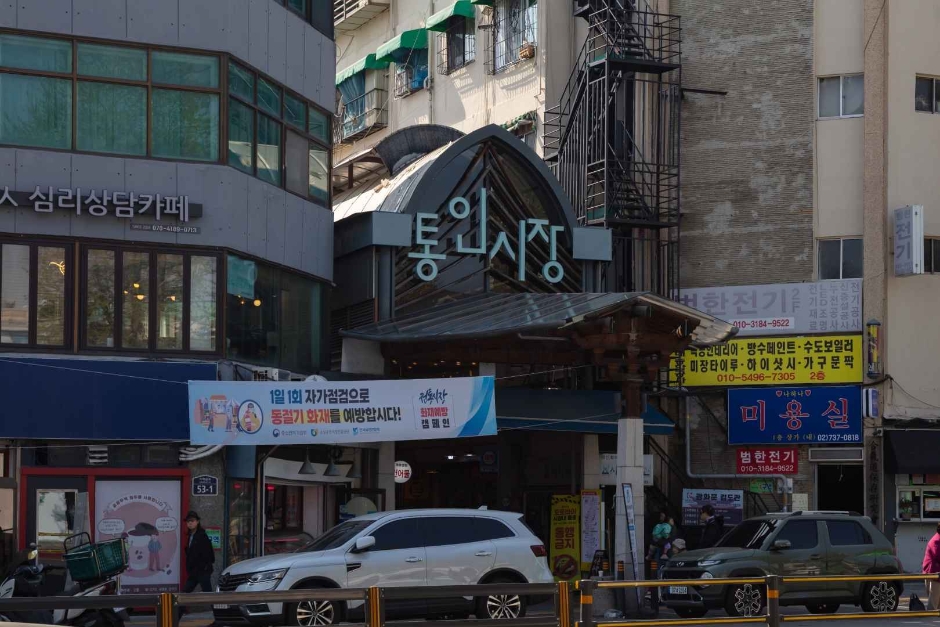
![Haeunjae [Korea Quality] / 하은재 [한국관광 품질인증/Korea Quality]](http://tong.visitkorea.or.kr/cms/resource/88/2707588_image2_1.jpg)
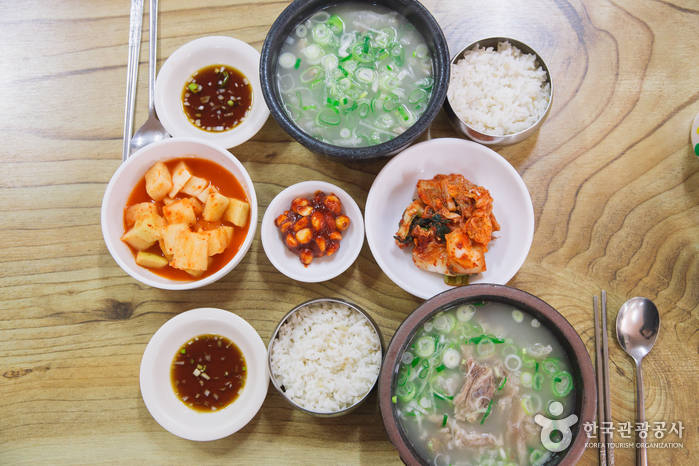
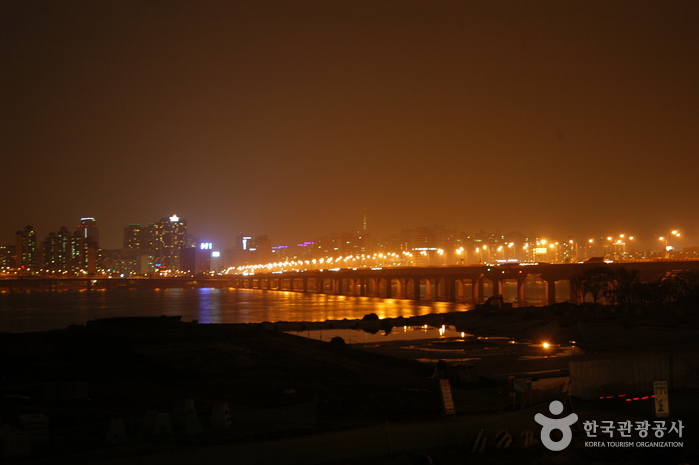
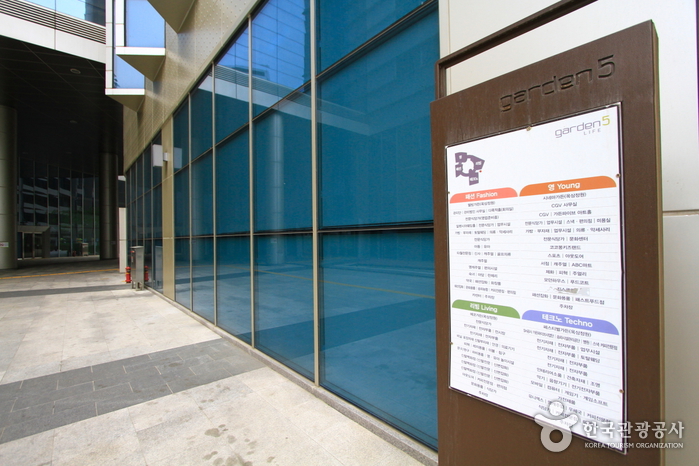
![Nuwa [Korea Quality] / 누와 [한국관광 품질인증/Korea Quality]](http://tong.visitkorea.or.kr/cms/resource/07/2707607_image2_1.jpg)

![NUHADANG [Korea Quality] / 누하당 [한국관광 품질인증]](http://tong.visitkorea.or.kr/cms/resource/58/2532358_image2_1.jpg)
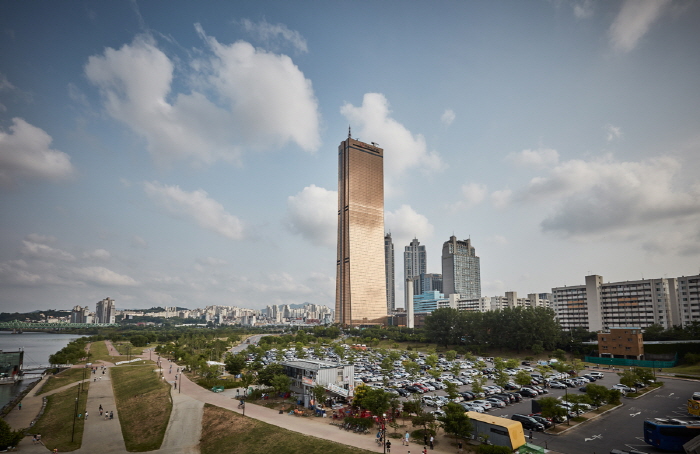
 Español
Español
 한국어
한국어 English
English 日本語
日本語 中文(简体)
中文(简体) Deutsch
Deutsch Français
Français Русский
Русский